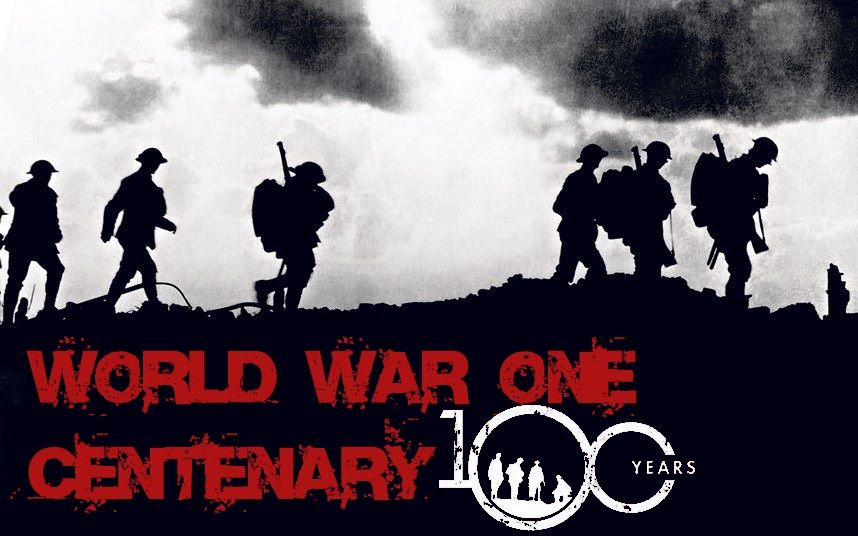I died in hell, they called it Passchendale
 •
by
•
by LordGrantham

We write 1917 and Europe is firmly in the grip of the German war machine. The Allied forces attempt to push further, but have to admit defeat on the waves, as the German U-boats wreak havoc amongst their supply and support ships.
In an attempt to end the war, Field Marshall Haig launched an attack northbound towards the Belgian harbours of Zeebrugge and Ostend. These harbours were key in the battle against U-boat supremacy and gaining them could prove to be the turning point in the war.
The British pummeled the battlefield with heavy barrages, but the German line remained. Heavy mud made progression almost impossible and the line moved up and down. The number of casualties was high, the gain of territory little.
In October 1917, the Australian Forces(ANZAC) reinforced the Allied troops in order to take Tyne Co tand Broodseinde. Again, the terrain proved tob e impenetrable, the heavy mud making troop movement more lethal than ever. In the end, ANZAC managed to push back the Germans but the advance was stopped.

Field Marshal Haig wanted to break through before winter and decided to attack the town of Passchendale. Thousands were killed, but the Germans held their line and it became clear the ANZAC would not be able to push through.
The Aussies were replaced by the Canadians, but again, heavy mud and german toxic gas made the advance slow and deadly.
By November 1917, the town was finally taken by the Canadian Forces, but winter and relentless german artillery forced them to retreat again in the spring.
Total Allied losses were estimated to be as high as 250.000, the Germans lost about 270.000 of their own. The total gain in territory was only 8 kilometres.
The memorial tablet today bears the famous quote: ‘…I died in hell, they called it Passchendale…’.
The Battle of Passchendale became an example of the futility and cruelty of war.


Comments
Voted, many people would be shocked to find they had a relative who either saw action in the Great War or who died on those bloody battlefields. Such carnage and such a waste of so many millions of lives.
I care more about cruelty against animals then wars against humans. Human stupidity deserves to suffer for the stupidity it creates.
V+ o7
o7
V
o7
voted from belgium!
o7